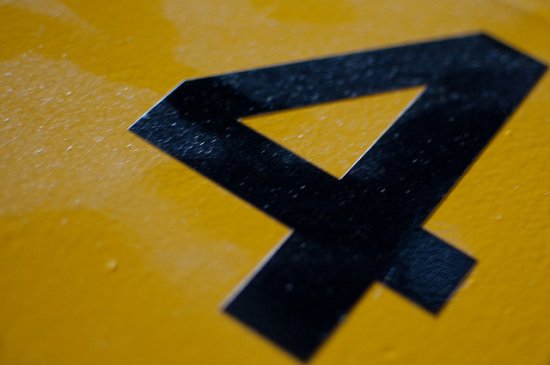
#1 Get a secured credit card and pay it off each month
A secured credit card is one where you deposit money with the financial institution and they extend you a line of credit that's secured by the deposit. You can usually get a secured account with a credit line of $250-$5,000. Even though the card is secured by your cash, you still have to use it wisely to get the best results. Use it a little every month, but don't max it out. Always pay on time and pay it off in full each month.
If you can't afford to pay it off in full, that means your over your budget and you need to cut expenses and/or rein in your spending so you don't end up in money trouble again. Many of these cards come with high interest rates so it's important you don't miss your payment. Paying off in full each month prevents high cost interest from accruing so set your payment up for auto debit payment so you never face an interest charge!
Here's a list of best secured cards from financial reviewer Nerd Wallet.
#2 Build up an emergency fund
One of the reasons many people get into financial trouble is that they have no safety net when life throws a speedbump. If you can't afford a car repair or other unpredictable expense, you'll end up maxing credit cards, having to borrow at high interest rates or engaging in other costly practices because you weren't prepared.
In addition to saving in your 401(k) or other retirement account, you should be setting a little money aside each payday in a separate account or even an envelope at the back of your dresser that's an untouchable emergency fund. Don't mess with that money for non-emergencies so it will be there when you need it. Even if you can only set aside $5-$10 per payday, do it and keep at it and before you know it, you'll have a tidy little emergency fund.
#3 Be cautious about new credit
Six months (give or take) after you file Chapter 7, expect to begin receiving new credit offers. You may be thrilled that creditors are willing to engage with you again, but read the fine print. These new offers will come at a high cost. Because they know you just cleaned your financial slate, creditors figure they have good odds of getting paid and also know you may be desperate to re-establish so they offer unreasonable credit terms.
Expect to see credit card offers with high interest rates, processing fees, account establishment fees and other needless cost add-ons that will see you having an opening credit line of $100 or less and a debt of $100-$200 (or more) of fees just for accepting the card. Avoid these offers and keep on with your secured card. Wait for better offers to roll in – they will – but you'll need to be patient and don't jump on these first tempting, yet outrageous offers.
#4 Re-affirm a couple of affordable debts
Car loans, for instance, can be reaffirmed as part of your Chapter 7 bankruptcy. You can always choose to repay any debts you want even those that were discharged in bankruptcy, but this will reopen the file on your credit report, so choose wisely. But if, for instance, your car loan is current and you're not upside down on the note, reaffirming as part of your Chapter 7 makes sense.
If you don't, they may not continue to record your payments even if the lender lets you keep the car. They may also fuss about sending you the title if you didn't reaffirm. Be very cautious here if your loan is provided by your credit union. If you had a credit card or other debt from the CU that was discharged in your bankruptcy, they can actually hang onto your car title if the car loan had in the fine print that the car serve as collateral for any other debts you owe to the credit union.
Slow and steady is the only way to rebuild credit after a bankruptcy – that's a fact. There is no magic bullet or fast track. You have to prove your credit worthiness and you do this in baby steps. It can be frustrating but this allows you time to develop better spending, saving and financial habits that can help prevent you from getting in over your head financially again.
